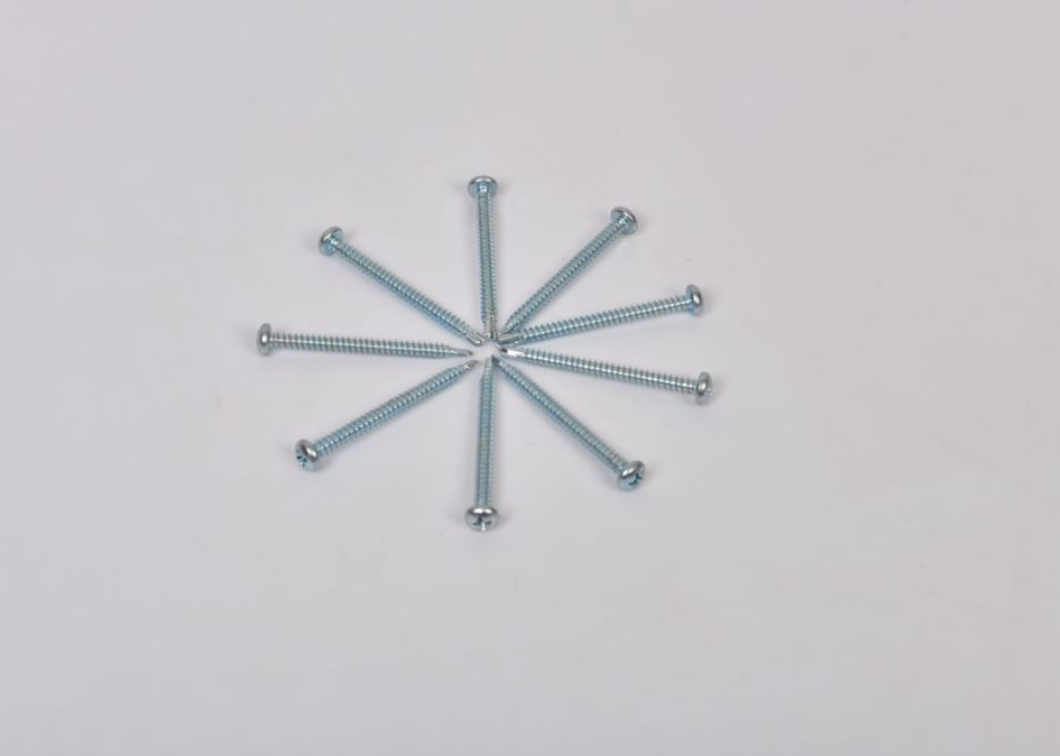Custom Drill Guide for Self-Tapping Screw Pilot Holes
Custom Pilot Holes for Self-Tapping Screws An Essential Guide
When it comes to construction and DIY projects, using self-tapping screws can significantly simplify the assembly process. These screws are designed to create their own mating threads in a material, eliminating the need for pre-drilled holes. However, to ensure optimal performance and prevent material damage, custom pilot holes can be a game-changer.
Understanding Self-Tapping Screws
Self-tapping screws are engineered with sharp threads that allow them to penetrate materials like wood, metal, and plastic. They come in various designs, including partially threaded and fully threaded options, catering to diverse applications. While they can be driven directly into the material, creating a pilot hole tailored to the specifications of the screw can lead to better results.
Benefits of Custom Pilot Holes
1. Improved Grip and Stability By creating a pilot hole that matches the screw's diameter, you facilitate a tighter fit. This enhances the screw's grip, reducing the likelihood of it loosening over time, which is especially important in high-stress applications.
2. Reduced Material Splitting In materials like hardwood or composite, driving a self-tapping screw directly without a pilot hole can cause splitting. A custom pilot hole minimizes this risk by allowing the screw to enter smoothly, preserving the integrity of the material.
3. Enhanced Insertion Ease Custom pilot holes require less torque to insert the screw, making the process easier and more efficient. This is particularly beneficial in tight spaces or when using a power driver.
4. Accuracy in Alignment A pilot hole helps guide the screw into the correct position. This is particularly useful for precision tasks where misalignment could lead to structural weaknesses or aesthetic issues.
custom pilot hole for self tapping screw

How to Create a Custom Pilot Hole
To create an effective custom pilot hole, follow these steps
1. Select the Right Drill Bit Choose a drill bit that matches the core diameter of the screw. For self-tapping screws, the pilot hole should typically be slightly smaller than the screw’s major diameter.
2. Determine the Hole Depth For optimal performance, drill the pilot hole to a depth that matches or slightly exceeds the screw length. This ensures the screw has enough room to fully engage without bottoming out.
3. Drill with Care Using a drill, create the pilot hole at a consistent angle to ensure uniformity. Avoid excessive force, as this can lead to a wider hole than intended.
4. Test Fit Before driving in the screw, test fit it in the pilot hole. Adjust the hole if necessary to achieve a snug fit.
Conclusion
Custom pilot holes are a valuable addition to any project involving self-tapping screws. They enhance performance, longevity, and safety, making them a wise investment in both professional and DIY endeavors. By taking the time to create tailored pilot holes, you can ensure successful and durable results in your projects. Whether you’re building furniture or constructing a framework, remember that the little details can make all the difference.
-
Top Choices for Plasterboard FixingNewsDec.26,2024
-
The Versatility of Specialty WashersNewsDec.26,2024
-
Secure Your ProjectsNewsDec.26,2024
-
Essential Screws for Chipboard Flooring ProjectsNewsDec.26,2024
-
Choosing the Right Drywall ScrewsNewsDec.26,2024
-
Black Phosphate Screws for Superior PerformanceNewsDec.26,2024
-
The Versatile Choice of Nylon Flat Washers for Your NeedsNewsDec.18,2024










